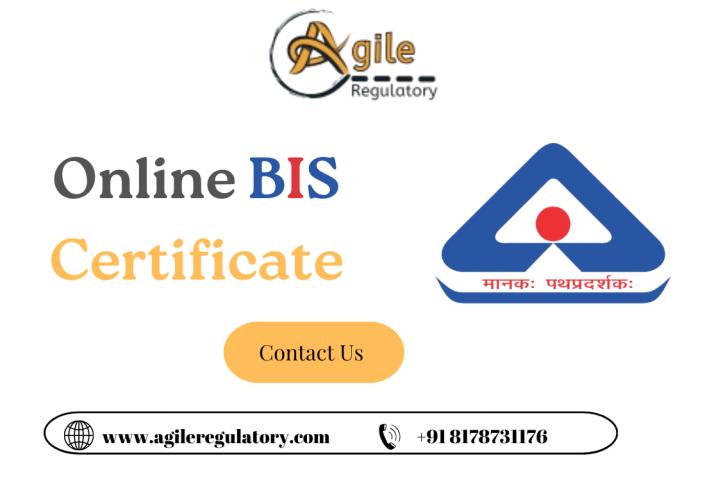Starting a business in India involves a series of legal
processes, with company registration being the first crucial step. Whether
you're looking to establish a Private Limited Company, One Person Company
(OPC), or a Section 8 Company, the types, benefits, and registration processes
can help ensure compliance with Indian laws. This guide will walk you through
the key steps and requirements for each type of company registration, focusing
on private limited company registration, One Person Company registration, and
Section 8 company registration.
1. What Is Company Registration?
Company registration refers to the legal process of
registering a business entity under the Indian Companies Act of 2013. It grants
your business a legal identity, enabling it to operate under a registered
company name. The process also provides several advantages, including tax
benefits, legal protection, and enhanced credibility.
Key Benefits of Company Registration
-Limited liability protection:
Protects personal assets from business debts.
-Legal recognition: The
company is recognized as a separate legal entity.
-Increased credibility:
Registered companies build trust with customers and investors.
-Easier access to funding:
Financial institutions are more likely to lend to registered companies.
2. Private Limited Company Registration
A Private Limited Company (PLC) is one of the most popular
and widely used forms of business in India. It can have between 2 and 200
members, and shareholders' liability is limited to their share capital. Private
limited companies are ideal for startups and growing businesses due to their
flexibility in ownership, ability to raise capital, and limited liability
protection.
Key Features of a Private Limited Company
-Separate legal entity: The
company is a separate entity from its owners.
-Limited liability:
Shareholders are only liable for unpaid shares.
-No public trading: Shares
of a private limited company are not traded publicly.
-Capital raising: PLCs
can raise capital from investors through equity and debt financing.
Steps for Private Limited Company Registration
1. Obtain Digital Signature Certificate (DSC):
Directors must apply for a DSC, which is required to sign documents
electronically.
2. Director Identification Number (DIN): Apply
for a DIN for each director, a mandatory identification number.
3. Name Reservation:
Submit a name application through the Ministry of Corporate Affairs (MCA)
portal. Ensure that the name is unique and complies with the Companies Act.
4. File Incorporation Documents:
Submit incorporation forms, including MOA (Memorandum of Association) and AOA
(Articles of Association), along with required fees.
5. Certificate of Incorporation (COI): Once
approved, the MCA will issue a COI, officially registering the company.
6. Apply for PAN and TAN:
Obtain a Permanent Account Number (PAN) and Tax Account Number (TAN) for tax
purposes.
3. One Person Company (OPC) Registration
The One Person Company (OPC) structure allows a single
individual to start a company while enjoying the benefits of a limited
liability framework. OPCs are ideal for solo entrepreneurs who wish to maintain
full control of their business but also desire the legal protection and
credibility of a registered entity.
Key Features of a One Person Company
-Single owner: Only
one person can be a member and director.
-Limited liability: The
owner’s liability is limited to their investment in the company.
-No need for partners:
Perfect for entrepreneurs who want to avoid the complexities of managing
multiple stakeholders.
-Easy management: OPC Registration have fewer regulatory and compliance burdens than Private Limited Companies.
Steps for OPC Registration
1. Digital Signature Certificate (DSC):
Obtain a DSC for the sole director.
2. Director Identification Number (DIN): Apply
for a DIN, as it's a requirement for any director.
3. Name Reservation:
Choose a unique name and get it approved by the MCA.
4. Incorporation Form: File
Form INC-32 (SPICe) along with MOA and AOA, detailing the company’s objectives,
rules, and regulations.
6. Certificate of Incorporation: Once
all documents are verified, the MCA will issue a COI.
7. PAN and TAN Application: Register
for PAN and TAN to comply with tax regulations.
4. Section 8 Company Registration
A Section 8 Company Registration is a type of company established for
charitable or non-profit purposes, such as promoting education, arts, culture,
science, or social welfare. These companies enjoy several tax benefits, and
unlike other business entities, they are not allowed to distribute profits to
members or shareholders.
Key Features of a Section 8 Company
-Non-profit objective: Must
be formed with the objective of promoting charitable causes.
-Limited liability:
Members' liability is restricted to their capital contribution.
-No dividend distribution:
Profits are reinvested into the company or the stated purpose.
-Tax benefits:
Section 8 companies are eligible for various tax exemptions and benefits under
the Income Tax Act.
Steps for Section 8 Company Registration
1. Digital Signature Certificate (DSC):
Obtain DSC for all directors.
2. Director Identification Number (DIN): Apply
for DIN for all directors.
3. Name Approval:
Submit Form INC-1 for name approval, ensuring it aligns with the charitable
objective.
4. File Incorporation Documents:
Submit INC-12, MOA, AOA, and other necessary documents, including a detailed
description of the company’s objectives.
5. License under Section 8: After
document verification, the MCA issues a license allowing the company to operate
as a Section 8 entity.
6. Certificate of Incorporation: Upon
receiving the license, the MCA will issue a COI, officially registering with
the company.
7. PAN and TAN Application:
Complete the process by registering for PAN and TAN.
5. Key Documents Required for Company
Registration
To ensure a smooth registration process, you must have the
following documents ready:
-Identity Proof: PAN
card, voter ID, Aadhaar card, or passport of the directors and shareholders.
-Address Proof:
Latest utility bill (electricity, telephone, or water bill) or bank statement.
-Registered Office Proof: Rent
agreement (if applicable), NOC from the owner, and utility bill of the
registered office.
-MOA and AOA: Memorandum and
Articles of Association outline the company's objectives and regulations.
6. Post-Registration Compliance
Once a company is incorporated, several compliance measures
must be followed, including:
-Annual ROC Filings:
Regular filings with the Registrar of Companies, including financial statements
and annual returns.
-Auditor Appointment:
Appoint an auditor within 30 days of incorporation.
-Board Meetings:
Conduct board meetings at least four times a year (twice for OPC).
-Annual General Meeting (AGM): Hold
an AGM within six months from the end of the financial year.
-Tax Filing: File income tax
returns annually and comply with Goods and Services Tax (GST) requirements.
7. Advantages of Registering a Company in India
1. Legal Identity
Registered companies enjoy a legal identity, separate from
their owners, which allows them to operate as independent entities.
2. Limited Liability
Shareholders’ personal assets are protected, as their
liability is limited to the amount invested in shares.
3. Business Continuity
Companies enjoy perpetual succession, meaning the business
continues even if the owners change.
4. Easy Fundraising
Private limited companies can raise capital easily through
equity, debt, or venture capital investments.
5. Brand Trust and Credibility
A registered company is considered more credible, which
enhances trust among customers, suppliers, and investors.
Conclusion
Company registration in India is a vital first step in establishing
a legally compliant and professionally recognized business entity in India.
Whether you choose a Private Limited Company, One Person Company, or Section 8Company depends on your business structure, purpose, and future goals.
Following the correct steps, gathering required documents, and adhering to
post-registration compliance will set your business up for long-term success. If
you’re planning to start a business, carefully consider the structure that best
suits your needs and ensure that you understand the legal requirements for
registration.



















